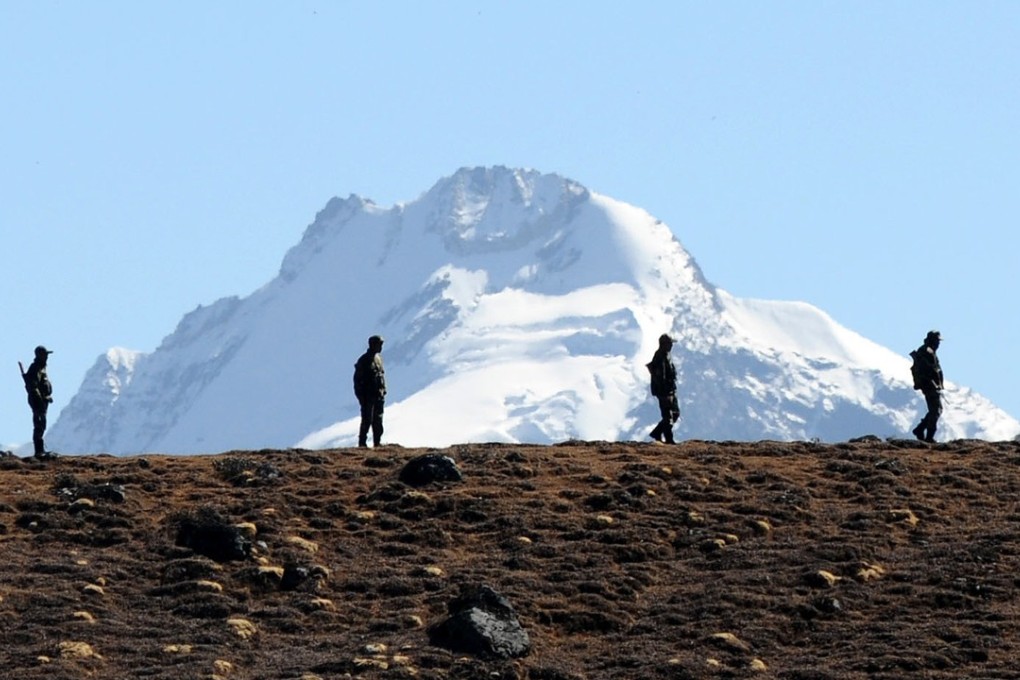China and India: are war clouds gathering over Doklam again?
A fresh Chinese build-up in the Himalayan area of a summer stand-off raises fears in Delhi that the August peace deal may be unravelling, paving the way for an even bigger confrontation

In graphic reports on the online publication ThePrint, Bhat has been detailing the heavy deployment of People’s Liberation Army (PLA) personnel close to last year’s site of confrontation and hectic build-up by the Chinese in North Doklam, including concrete posts, helipads, new trenches, and a concrete observation tower less than 10 metres from the Indian Army’s most forward trench. Fighting posts have been created on almost every hillock on the North Doklam plateau, according to his reports, confirming sporadic media reports of Chinese troops digging in rather than leaving the area.

“All these structures have come up only after June 16, according to satellite images,” the retired colonel, who served the Indian Army for 33 years, told This Week in Asia. “China is trying to change the status quo in North Doklam. India must object because the entire area is Bhutanese land occupied by China.”
Meet the Secret Superstar of China, from India: Aamir Khan
The Indian government is doing nothing of the sort and is, instead, insisting all is well. After the opposition Congress party last week cited the satellite images to accuse the government of misleading the country and “snoozing” while the Chinese plan “Doklam 2.0”, the government clarified that the status quo at the site of last year’s face-off still held. It dismissed news reports such as Bhat’s as “inaccurate and mischievous”, but added that it was using “established mechanisms” to resolve misunderstandings over Doklam.